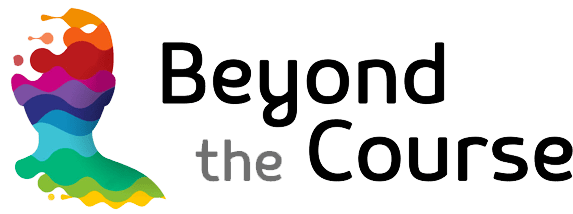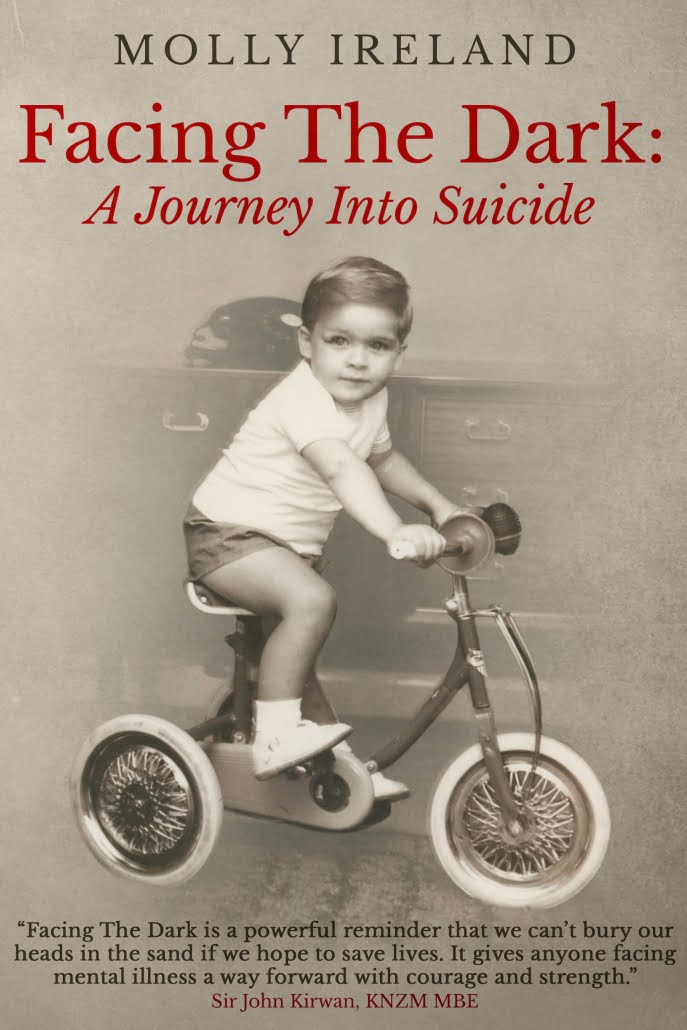Brain Below Your Belt
Trust Your Gut
We’ve heard it said before, but how do we actually do it?
For some of us, it can be challenging, particularly if we spend a lot of time stuck in our heads or have become practiced at tuning into others and prioritising their needs over our own. But with a little awareness, you can become expert at using this powerful decision-making tool lurking below your belly button.
Your second brain
The digestive system or “gut” consists of a massive information processing network called the enteric nervous system (ENS) that sends more messages to the brain than vice versa. That gut feeling, strong hunch, pit in your stomach, nausea wave or those “butterflies” are just some of the ways your gut-brain talks to the rest of you. If you want to learn more about how poor gut health is linked to depression, anxiety, autism, and other conditions check out this article and this one too.
Neurologists call the gut the “second brain.” But it often operates more like the first one from which our brains take their orders.
Your gut contains between 100 – 500 million neurons, more than 5x more than your spinal cord, and it produces more than 30 neurotransmitters (95% of our total serotonin), which is vital for good mental health. The hundreds of millions of neurons that line our intestinal track run all the way from our esophagus down to our rectum. The length and breadth of this brain, allows us to feel inside our bodies and get a sense of what is right for us in any given situation.
While it can’t calculate the interest repayments on your mortgage or write an email to your boss, the gut-brain is a powerful tool for making sound decisions.
Your gut is a potent point-of-knowing that can help you make choices: ones that aren’t clouded by overthinking, enshrouded with past programming or weighed down by internal resistance. And, once we’re able to tune into it, the gut-brain is a faster and more useful way to make decisions.
But, how do I actually listen to my gut-brain?
I get this question from my clients a lot. Firstly, you have to become aware of its power as a decision-making tool and then you have to trust it. Which is easier said than done until you do it regularly.
My gut likes to talk to me by swaying my body forward for ‘yes’ and pulling me back away from my centreline for ‘no.’
Here are a few ways you can start:
- Have a chat – Start with having a conversation with your gut by expressing gratitude for its tireless work for you each second of every day.
- Ask it questions – Your gut likes simple ‘yes’ and ‘no’ questions. Start with questions that you already know the answer to, such as “Am I a boy” or “Am I hungry?” Try and get a feel for where and how your gut responds. After this, you can advance to slightly harder questions; for example, if you were allergic to strawberries as a child, ask it if you still are today? The gut brain is far more literal than your head one so you need to make sure your questions are simple but also precise. For example, if you ask your gut if you should go skiing this weekend with your friend Mike, then make sure that you add in all those details and check them off one at a time. It could be that it wants to go skiing but not this weekend and definitely not with Mike. You get the picture.
- Feel it – listen to your gut’s inner “knowing” by tuning into how it actually feels in your abdomen. Pay attention to how it likes to communicate with you.
Happy practicing!
If you’d like support on tapping into your gut wisdom, get in touch.







Trackbacks & Pingbacks
[…] an earlier post, I talked about how our “gut brains” contain many more neurons than our spinal cords. […]
Comments are closed.